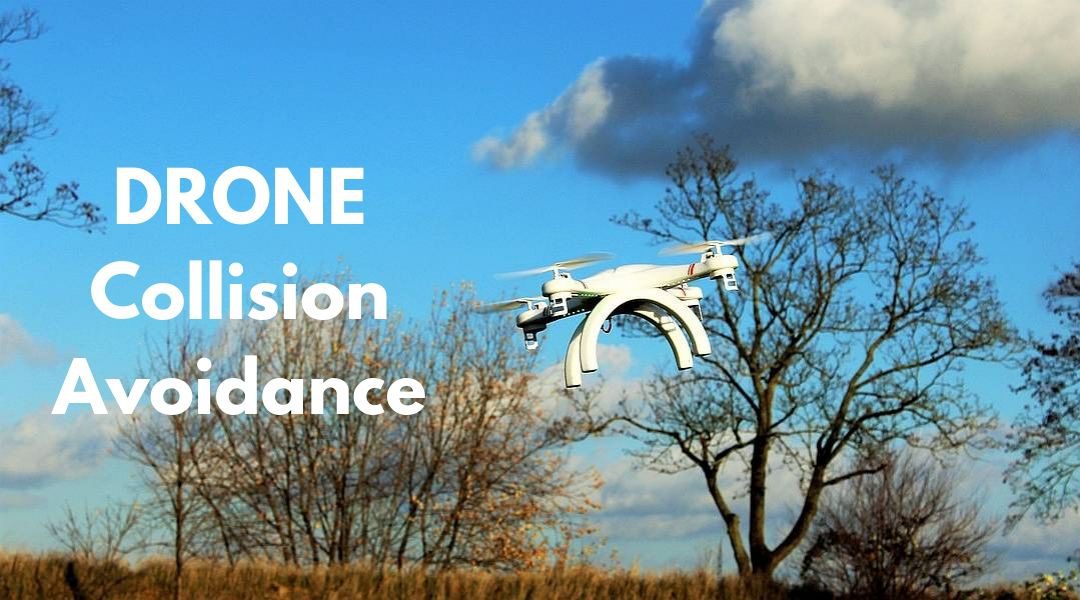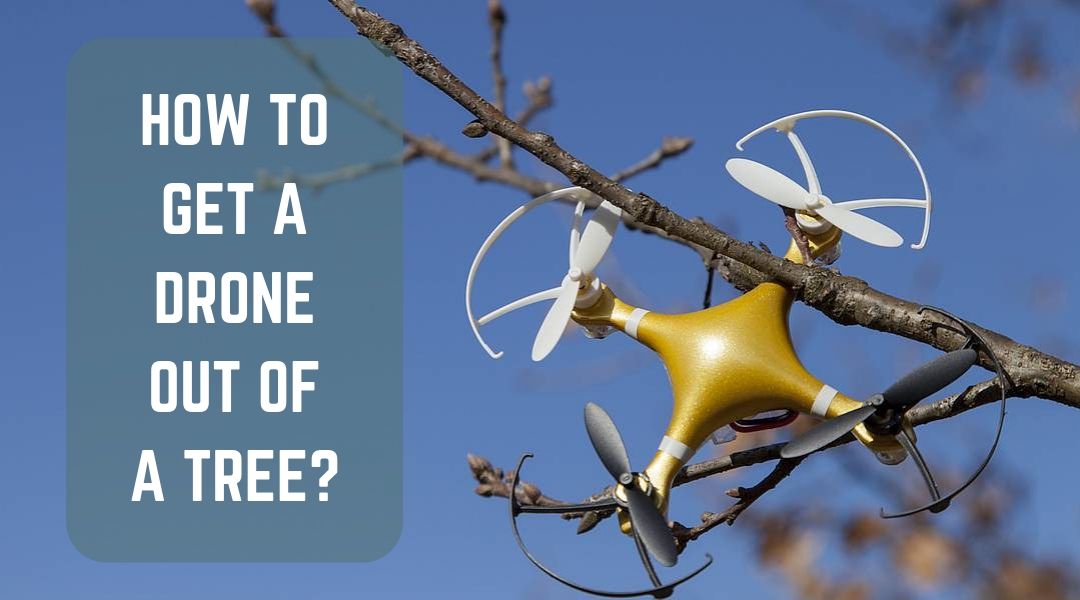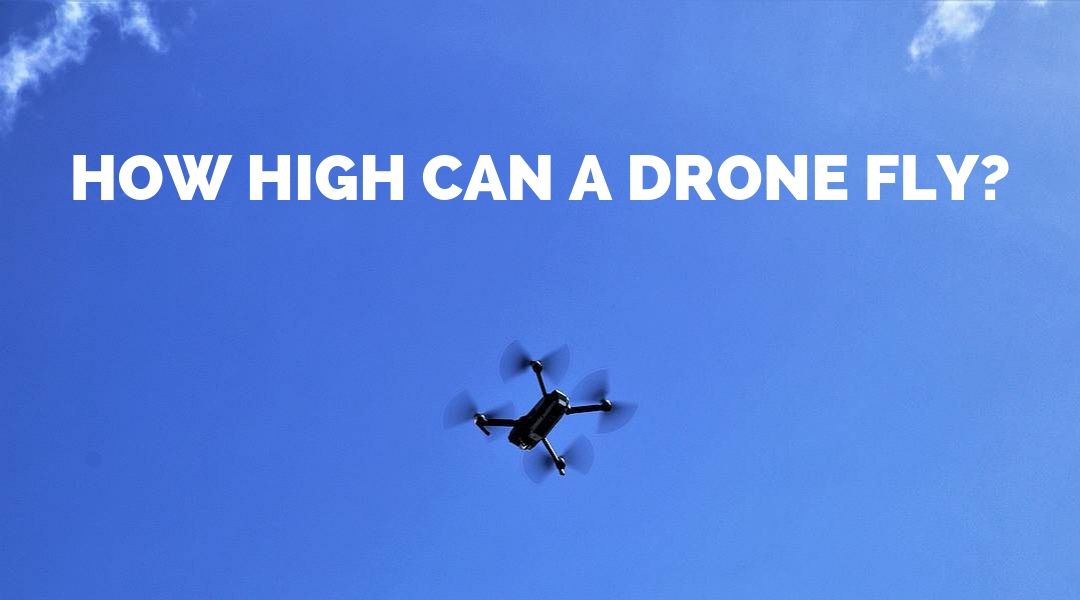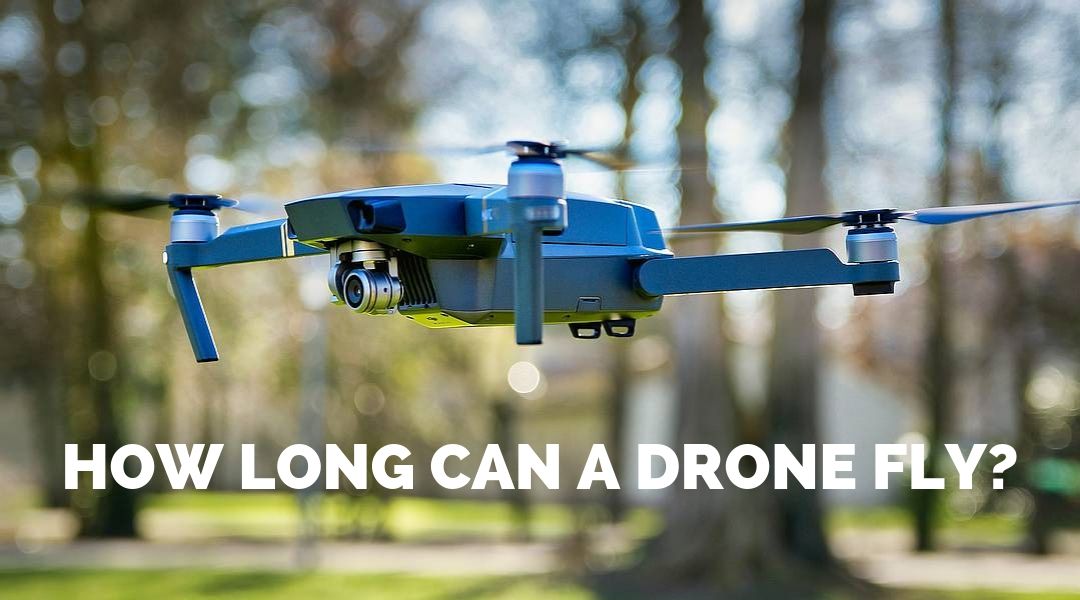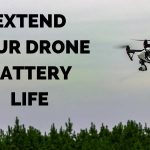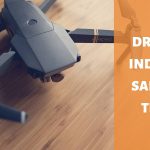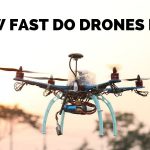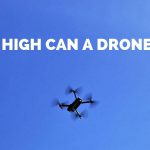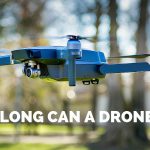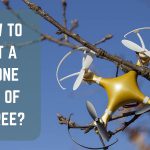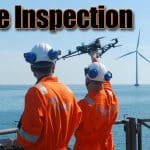A drone collision avoidance system is no doubt one of the greatest innovations to have ever been incorporated in autonomous vehicles. Collision avoidance is the ability of a drone to navigate safely though corridors and indoors without colliding with obstacles.
The use of the UAV’s for indoor activities has for the recent past gained a wide popularity. Drones perform a lot of tasks that sometimes are considered dangerous for humans. Firefighters are now days using drones to enter buildings that are inaccessible and perform rescue missions without any human looses. However, the success of such missions greatly depends on the navigation system of the drone. Without the collision avoidance systems, drones will collide with walls, flying objects, flying animals or even humans and thus a mission failure, damages and injuries to the collided or even the destruction of the drone itself.
This article will give you a snap view of the working of drone’s collision avoidance systems and why it’s beneficial.
What is Collision Avoidance system?
As the name suggests, collision avoidance system is a system designed to reduce or prevent collision accidents. Also know as collision warning system, collision mitigation system or pre-crash system, the system uses sensors or radars to detect any potential obstacle and send warnings to the pilot of a likely collision. Pilots can choose to ignore or take action. However, some drones have been designed to detect and avoid obstacles by themselves without pilot’s decision. Such drones operate more like a robot.
Types of Collision Avoidance Sensors
Collision avoidance system depends on sensors to work. Sensors basically do the sensing function. This means the ability to monitor the surrounding, collect the current information such as drone’s positions, velocity, speed, heading and altitude. Most drones comes with either one or more sensors combined together to ensure every aspect used in making the avoidance decision is taken into account. Some of these sensors include:
- Infrared sensors
- Lidar sensors
- Time of flight sensors
- Sonar/Ultrasonic
- Stereo vision
- Monocular
The six sensors are the common ones and possibility is that your drone has either one or two of the above combined together.
Our next topic will be to understand how each of this sensor work.
Use of Infrared sensors
Infrared sensors or IR is more of a transducer as it can send and receive signals. Drones are fitted with infrared detectors which consist of an emitter and a receiver. The emitter produces an infrared signal of a specific frequency that travels through air and once the signal meets an obstacle in its path, it’s reflected back to the receiver which will detect and confirm an obstacle in front. In case the signal has been sent but there is no obstacle, the ray will continue to weaken as it spreads and finally disappears. Infrared sensors are important in calculating and telling the actual distance of an obstacle.
Apart from the use of infrared for Drone Collision Avoidance, the sensors can also be used for:
- Inspection of high power voltage lines
- Inspections of pipelines
- Gas imaging
- Concrete/asphalt highway inspections
- Bridge inspection
Use of Lidar Sensors
A Light Detection and ranging (Lidar) sensor was developed to replace the old and robust radars. Lidar employ the use of laser beams to calculate distance of objects around and also create clear images of nearby features. The use of laser beams in Lidar sensors gives it an upper notch over its partners who use radio waves. Laser beams are less interfered as compared to radio waves. Its operation is similar to the IR sensor. A beam is sent out by an emitter which will travel through the air and in case of an obstacle its sent back and measured by a receiver. This information can be used to calculate distance and even give exact position and altitude of the obstacle in reference to drone’s position.
Lidar sensors also come with in-built software which process images fast when drones are in a cloudy environment. Lidar sensors also work perfectly at night ensuring your drone is not limited to darkness.
Lidar sensor drones are very accurate in 3D mapping. Some of the things one can do with lidar drones include:
- Terrain modeling
- Mapping accident scenes
- Agriculture and Landscaping
- Use in archaeology and documentation of cultural sites
- Urban surveying
Use of Time of flight Sensors Technology
Drones fitted with time of flight sensors can detect obstacles in a 360 degree angle. Time of flight sensor is a tiny camera device. The camera has a light source that produces or emits a pulse. It also has an inbuilt sensor. The working is somehow similar to the lidar sensor only that this sensor illuminates the whole surrounding including the objects. The pulse sent will be reflected back in terms of a light that will then be converted to a clear 3D object. To calculate the distances of obstacles, the sensor will use the speed of light to measure and determine accurate position of objects in space. With such measurements, a pilot will know when he or she will navigate through a certain obstacle and avoid collision.
Apart from the collision avoidance, time of flight sensor cameras can also be used for:
- Automotive applications such as active pedestrian safety
- Indoor navigation
- Gesture recognition
- Estimating size and object shapes
- Tracking people and counting their number
Use of Stereo Vision for Obstacle Avoidance on Drones
Stereo vision is use of a stereo camera with two or more lenses and a separate image sensor to take and create images in a 3D mode. The lenses are spaced in such a way that the distance between them is similar to distance between one’s eyes. This phenomenon is called inter-ocular and it helps the stereo camera to take images just like human eyes see. When a stereo camera is fitted in a drone, each camera in it will take different pictures.
The pictures will appear in 2 dimensional but moving the camera left or right, a 3D image will be created. Under a single stereo image there will be thousands of pixels generated as each camera will be picking its pixel at every instance. The combination of each pixel to form a 3D object is called mapping disparity. The stereo vision knowledge has been widely used on drone collision avoidance system and it’s widely recognized as See and avoid SAA. After a disparity map has been generated and calculated, the UAV will be able to avoid obstacle within the map by drifting away from it.
Use of Ultra Sensors or Sonar
Ultra sensors are widely used in ships and submarines. Its development dates back to World War II. The allied forces developed first sonar to track the German U –boats. As time went by, the application of sonar improved and became more superior. Sonar unlike the Lidar uses a sound wave to map and determine the object distances.
Bats are perfect examples of how ultrasound can be of great benefit. A bat uses ultrasound to detect accurate prey position and distance. It generates an sound signals from lrnx structures found in its mouth. The sound travels through the air and once a prey is within the sounds reach, it will block some signals and thus reflecting it back to the bats ears. Now on a drone, the lrynx structures have been replaced with an ultra sound emitter, the prey is the obstacle and the bats ear is a tiny receiver microphone.
Since speed of sound is known and the time difference between sending and receive a sound signal can be measured, distance between two objects can thus be simply determined via the formula;
Distance = (Time) x (Speed of Sound) divide by 2
Most drones are fitted with the ultrasonic sensors in the belly so as to determine the altitude and elevation. However, this ultrasonic sensors are also be fitted around the drones body and thus act as an anti-collision devices.
Other application of ultrasonic sensors in drones include
- 3D indoor positioning
- Ground Mapping
- Target tracking
- Human observations
Use of Monocular Vision
Just like the stereo vision, monocular vision use a single camera to capture a still object which is later translated to 3D. These sensors are very applicable for depth perception and determining an obstacle’s measurement and the actual distance. The difference between stereo vision and monocular vision is the depth cues. Stereo Vision uses a binocular view whereas a Monocular uses a monocular view. Knowing an obstacle distance means quick maneuvering to prevent drone from collision.
Drone Collision Avoidance Conclusion
Drone obstacle avoidance system is an important consideration when buying a drone. It will help you prevent drone crashes, fly indoor with no collisions, take images in 3D mode even at night and also safely deliver autonomous packages. Most drones come with pre installed sensors but some may lack and thus you need to always confirm with the seller.

